Draught Diversions is the catchall label for mini-rants, think-pieces, and posts that don’t just focus on one beer here at The Tap Takeover. We hope you don’t grow too weary of the alcohol alliterative names we use…
Bock, it sounds cool. Also, “Bock” rhymes with the Rock and he’s cool. However, not many people gravitate to the style, in today’s IPA-centric beer world. Could it be the goat? You’ll often see a goat on the bottle, label, or associated with some bocks. The goat is associated with the style because the brewers who came up with the style in Einbeck, Bavaria had a thick accent. As such, citizens of Munich pronounced “Einbeck” as “ein Bock” (“a billy goat”), and thus the beer became known as “bock”. To this day, as a visual pun, a goat often appears on bock labels. (Wikipedia) But what *is* a bock beer?
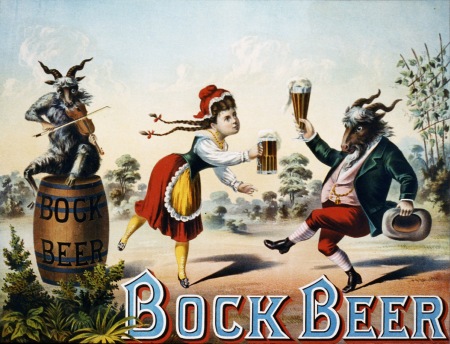
The simple answer is: A lager, but more so. Like stouts or IPAs, styles of Ales which themselves have several varieties, a Bock is a style of Lager which has several varieties (general from lowest in alcohol to highest in alcohol): Bock, Helles Bock/Maibock, Dopplebock, Weizenbock, and Eisbock. I’ll give a little highlight/overview of each variation and some example beers, including some I’ve had as well as some I hope to have some day.
Bock (List Bocks on Beer Advocate)
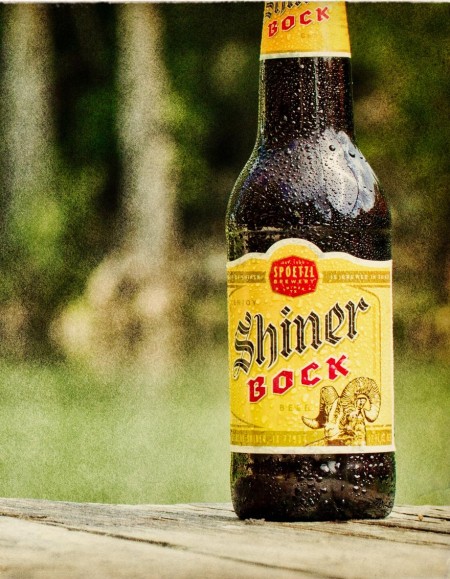
Bocks are a lagered style of beer that are heavier on malt than a standard Lager. A straightforward Bock will generally be sweeter than the standard lager, too. That malt and sweet profile often present in a caramel-like flavor that can also evoke nutty flavors. Perhaps the most widely known straight-up Bock is Shiner Bock the flagship lager from Spoetzl Brewery, one of the largest Texas breweries [distributed to 49 states] and the Lone Star State’s oldest. I’ve had it a few times and thought it was OK. Of the beers considered a standard Bock the one I’ve enjoyed the most is Samuel Adams Chocolate Bock, which for me is always a highlight beer in their Winter/Holiday pack. The sweetness level is increased by aging the beer on cocoa nibs to produce a sweet, tasty beer that makes for a nice dessert beer. They also brewed a Cherry Chocolate Bock in the past, which I hope returns. Typical ABV for Bocks is in the 5% range
Maibock / Helles Bock (List of Maibocks / Helles Bocks on Beer Advocate)
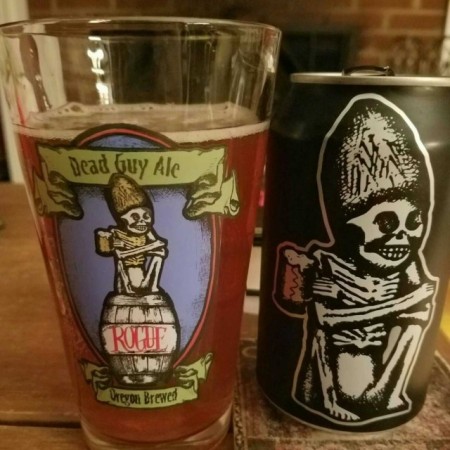
From the beers I’ve enjoyed, I don’t notice too much of a difference between a Bock and a Helles/Maibock, except for an increase in maltiness. Traditionally, a Maibock is a spring lager, but usually what differentiates the Helles or Maibock from the Bock is a slightly stronger hop presence. I called out the classic German Hofbräu Maibock in my Spring beer post, but perhaps the most widely know Maibock/Helles Bock from an American brewer is the iconic Dead Guy from Rogue Ales. Abita, Louisiana’s biggest craft brewery, celebrates Mardi Gras by producing Mardi Gras Bock every year. Summit Brewing, one of the larger breweries in Minnesota, produces a MaiBock, too. With a slightly stronger hop presence, the ABV can be a little higher. For example, Rogue’s Dead Guy ABV clocks in at 6.8%.
Dopplebock (List of Dopplebocks on Beer Advocate)
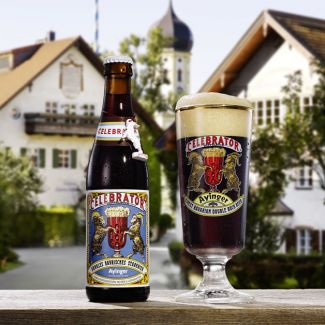
As the sound of the name may lead you to believe, a dopplebock is an amped up, or doubled, version of a standard Bock. Even maltier and sweeter than a Bock, the beer evokes more of a bready taste and flavor with the ABV up to 12% range. Of the varieties of Bocks being brewed, Dopplebocks seem to be the most prevalent/popular.
Some of the darker Dopplebocks may have hints of fruit or chocolate in the flavor profile or even use chocolate and/or fruit in the brewing process. Like the traditional association of goats with bocks, there is a tradition of adding the suffix “-ator” to Dopplebocks. This is because one of the first Dopplebocks was called “Salvator” (or Savior) and most breweries who brew a Dopplebock as part of their brewing portfolio use “-ator” in the name. One of the best in the world is Ayinger’s Celebrator, which I had once and need to have again. Unsurprisingly, Wehenstephaner’s Korbinian is an outstanding example of the style and New Jersey’s own Ramstein Winter Wheat is one of the most coveted American interpretations of the style (and probably one of the 10 best beers I ever had). I reviewed one of the more widely available (at least along the East Coast of America) Dopplebocks, Troegantor Doublebock.
Weizenbock (List of Weizenbocks on Beer Advocate)
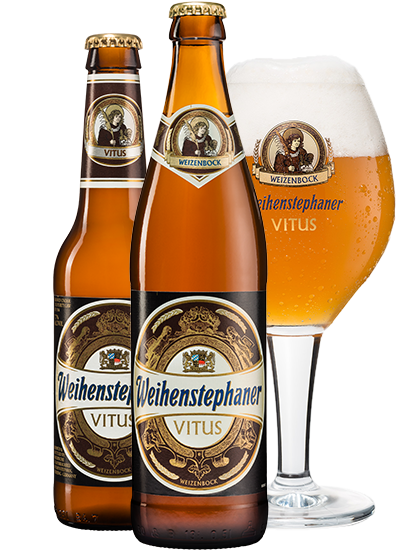
Perhaps my favorite of the bock styles is the weizenbock, or as translated, “wheat bock.” The description, as untappd suggests, can be considered a “bigger and beefier version of a dunkelweizen.” When crafted well, a Weizenbock can evoke the best of two beers – the malt and stone fruits evoked by Dopplebocks coupled with the clove and banana evocations of a Dunkelweizen or Hefeweizen. Some say (actually, All About Beer, specifically) that a Weizenbock is a “perfect marriage of styles.”
It would probably be expected that German brewers excel in this style. The aforementioned Weihenstephaner brews a great one in Vitus (pictured above, borrowed from their website is probably my favorite) and Schneider Weisse (who brew mostly wheat beers) have a few excellent Weizenbocks in their portfolio, including Mein Aventinus (TAP 6), Marie’s Rendezvous (TAP X), and a collaboration with Brooklyn Brewery called Meine Hopfenweisse. Of the US breweries, Victory’s Moonglow Weizenbock is one of my annual fall favorites and Neshaminy Creek’s Neshaminator is also quite good.
Eisbock (List of Eisbocks on Beer Advocate)
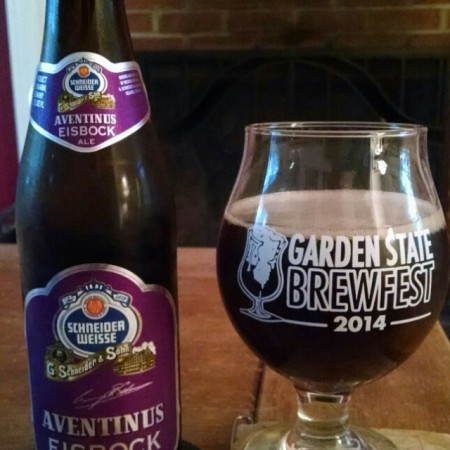
Lastly, we have the mistake beer, if beer lore and legend are to be believed and perhaps the rarest style of beer. According to the legend, a young brewery worker fell asleep during a brew and part of the water froze leaving a much stronger Bock than the young brewer or his boss could ever imagine. The resulting Eisbock is one of the richest, most sumptuous beers brewed.
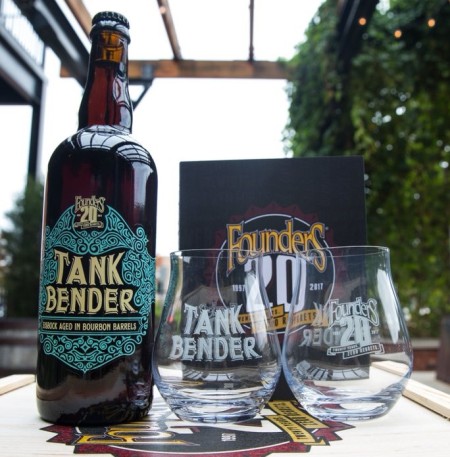
The “Eis” in the name is from partially freezing a dopple and extracting the H2O ice, which allows the alcohol to have a much more noticeable presence and a deeper brownish/reddish hue and an overall thicker beer. You could also say a Belgian Quadrupel is similar to an Eisbock, in some ways. Like a Quadrupel, an Eisbock possesses a much stronger stone fruit/plum and sugary taste. Some may potentially find it cloying if they aren’t expecting it, but the sole Eisbock I had from the great aforementioned Schneider Weisse, Aventinus, is also one of the 10 or so best beers I ever had. Ramstein brews one (as recently as January 2018 at 16.5%), they call Eis Storm Eisbock while Tank Bender is the occasional Eisbock (aged in bourbon barrels!) produced by Founders which I would absolutely love to try, but I think the most recent brewing of it was a brewery-only release. Another well regarded Eisbock from Germany is Kulmbacher Eisbock which I want yesterday. The style is also supposedly illegal in some ways…
freezing a beer and removing more than 0.5% of its volume is illegal without a license. There’s an email exchange between someone at the Alcohol and Tobacco Tax and Trade Bureau and a brewer, posted in a Reddit r/homebrewing discussion that makes this pretty clear.
So, making Eisbock by removing more than 0.5% water volume is basically illegal. But, it is also openly brewed by several craft breweries, and it seems the TTB knows about this craft beer level production, but has chosen not to act on said knowledge.
So there you have it, 5 varieties of one style – the Bock Beer. More popular (I assume) in Europe, especially Germany and its neighbors, but a style with a wealth of flavor profiles that illustrates how much can be done even with a less popular (not-quite-obscure) brewing style.
9 thoughts on “Styles in Focus: Bock Beers”